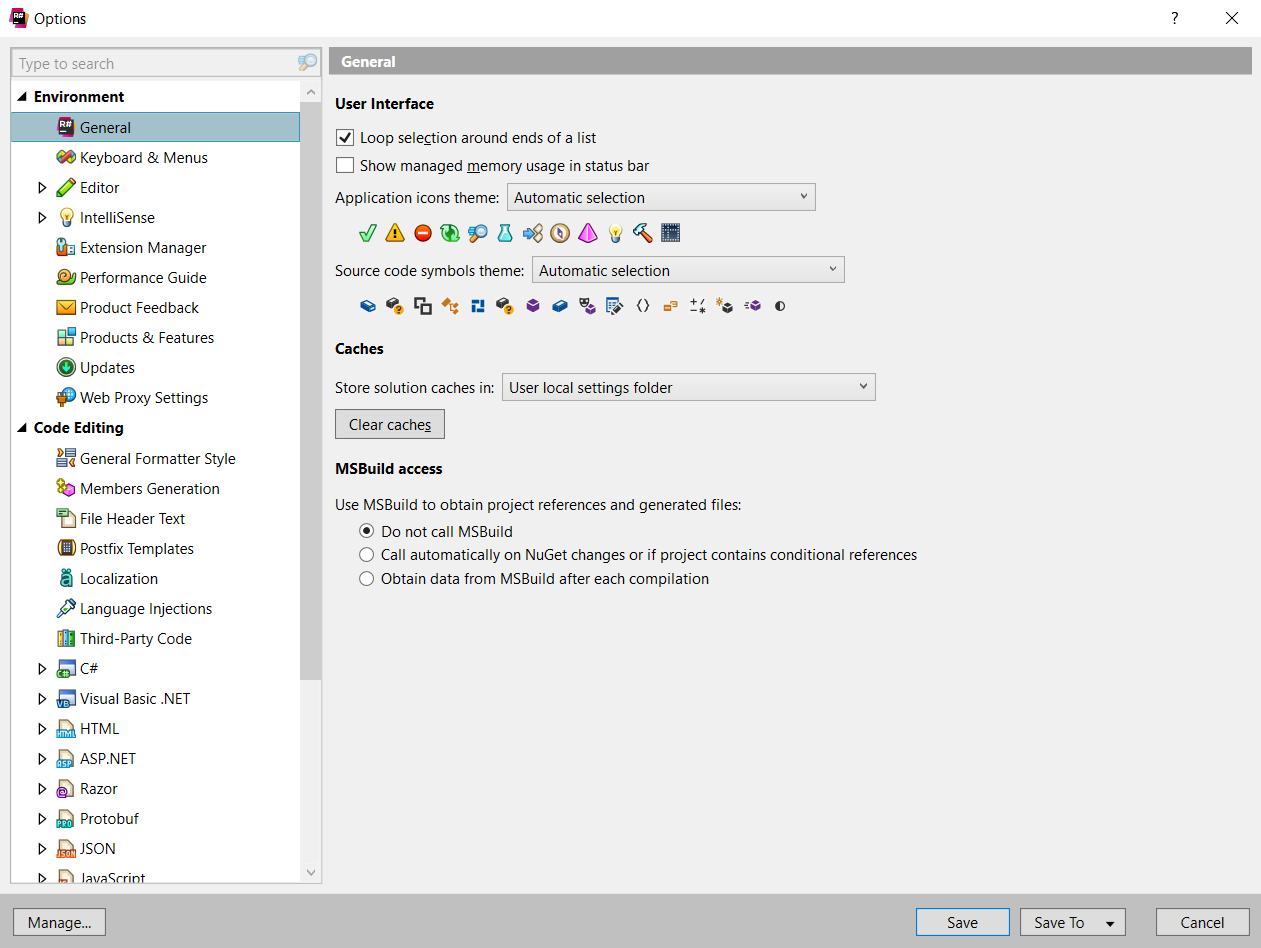
This won’t affect the per-user registration.
RESHARPER 9 UPDATE INSTALL
You need to repair the ReSharper install first, in order to restore the per-machine registration.
RESHARPER 9 UPDATE REGISTRATION
If you have already moved the per-machine registration to be per-user, this technique won’t work, as the per-user install only loads in the default Visual Studio instance. ReSharper will now only load in the experimental instance. The same dialog will be displayed, and the per-machine registration moved to the experimental instance. Once you’ve created an experimental instance, and assuming ReSharper is still installed per-machine, run Visual Studio in the experimental instance, and with the internal flag: devenv.exe /RootSuffix MyExpInstance /ReSharper.Internal

Moving to an experimental instance is the same process as moving to a per-user install, except you need to be running in the experimental instance. To reset the per-machine install, repair the install. They will also need to go through this process, by first resetting ReSharper to a per-machine install, which won’t affect the existing user’s per-user registration. All other users will not see ReSharper in their Visual Studio. Moving the registration from per-machine to per-user means that only the current user will be able to run ReSharper.
RESHARPER 9 UPDATE UPDATE
ReSharper will also update the HKCU\Software\Microsoft\VisualStudio\X.X\ExtensionManager\EnabledExtensions registry key to add the new location as an enabled extension. If you click “Yes, make the extension run in this hive only”, ReSharper will restart Visual Studio as admin, and move the registration files from the Visual Studio Common7\IDE\Extensions folder in Program Files to %LOCALAPPDATA%\Microsoft\VisualStudio\X.X\Extensions, where X.X is the version of Visual Studio (this is supported for Visual Studio 2010+). The command line for the other products is the same, replacing ReSharper.Internal with dotCover.Internal, dotMemory.Internal or dotTrace.Internal. However, once moved, it will only run in the default instance, and not run in any experimental instances. This is not the same as moving to an experimental instance, but will instead register ReSharper to run in the default Visual Studio instance. When you run ReSharper in Internal mode, ReSharper will check and prompt to move to a per-user install (this process is deferred until initialisation is complete, and may take a couple of seconds). ReSharper will handle moving the registration from per-machine to per-user automatically. From here on, they will be collectively described as “ReSharper”, but the information equally applies to dotCover, dotMemory and dotTrace. net tools that integrate with Visual Studio. The information in this article relates to all. This allows for ReSharper (dotTrace, et al) to not be loaded in experimental instances, should the need arise. net tools, has support to move its registration from per-machine to per-user, and per-experimental instance. The Platform layer that provides Visual Studio integration to ReSharper and the other. This means that they are available to all users on the machine, but also that they are loaded in all experimental instances.


net tools, dotCover, dotMemory, dotTrace, etc.) are installed as per-machine Visual Studio extensions. “Experimental instances” were previously known as “custom hives”īy default, ReSharper (and the other. Each experimental instance can have an entirely different configuration, from theme and window layout to the extensions that are loaded.

Visual Studio’s “Experimental Instance” feature is intended for developing and debugging Visual Studio extensions, and maintains a separate copy of the configuration needed to run Visual Studio. This topic relates to ReSharper 8, and has not been updated to ReSharper 9 or the ReSharper Platform. Running ReSharper in Visual Studio Experimental Instance


 0 kommentar(er)
0 kommentar(er)
